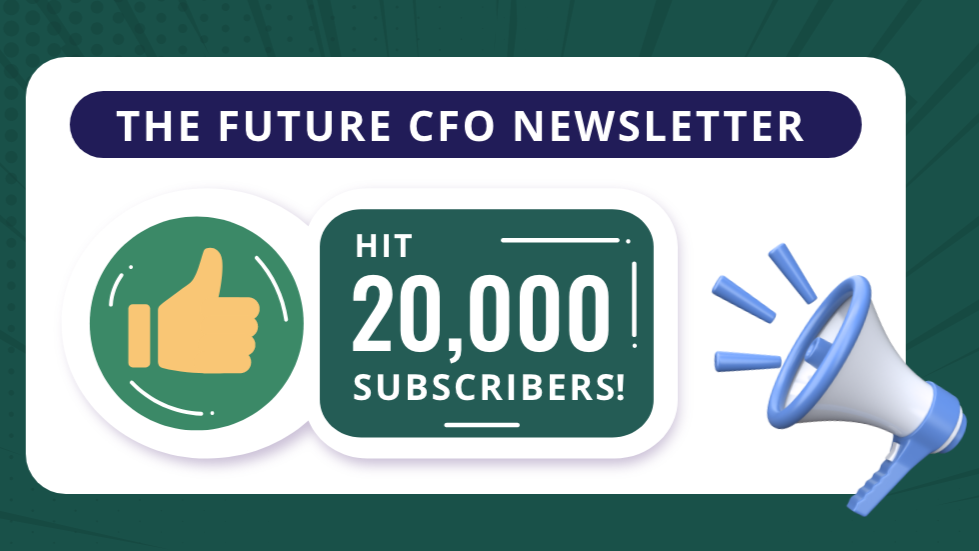From Execution to Influence: How Finance Leaders Become Strategic Partners

Most finance professionals were trained to execute, not to lead.
Many of us remember that first executive meeting where the numbers were solid, but the conversation moved on without us.
That’s when you realize, reporting performance isn’t the same as driving it.
Most finance leaders were never trained in strategy.
They master accuracy but not influence.
Numbers get delivered, decisions get made elsewhere.
It’s time to change the pattern…
💡Secure your free spot at the Future CFO Preview Event to see how we help finance professionals shift from execution to strategy.
Key Shifts That Unlock Strategic Impact
- Positioning: Move from reporting results to steering outcomes.
- Translation: Turn metrics into business stories that change decisions.
- Presence: Ask forward-looking questions that guide executives.
- Partnership: Align your insight with the CEO’s priorities.
- Confidence: Replace caution with clarity, your role is to challenge, not just confirm.
The 5-Step CFO Impact Framework
1. Define the real job
Your goal isn’t closing the books — it’s influencing direction.
Every finance cycle, pause and ask:
“What decisions are being made this month that will shape next quarter’s results?”
That’s where your input is most valuable. Shift your focus from reporting what happened to influencing what happens next.
You’re not there to prove accuracy — you’re there to provide clarity.
2. Anchor analysis in questions
Don’t start with spreadsheets; start with the business questions that matter most.
Identify three to five commercial questions each month, such as:
- “Which product lines are driving 80% of margin?”
- “Where are we spending that’s not moving the needle on growth?”
- “What’s the trade-off between short-term cash protection and long-term market share?”
Then shape your analysis around those questions.
It keeps finance relevant — and ensures your work drives decisions, not just reconciliations.
3. Tell the story behind the numbers
Replace data dumps with narratives that connect numbers to meaning.
Instead of:
“Revenue dropped 8% quarter-on-quarter.” Try: “We lost share in our most profitable region after a key competitor cut pricing, but early data shows customers are returning as we reinvest in service.”
Numbers tell you what happened; stories explain why it matters.
4. Lead with curiosity
Influence doesn’t come from having all the answers, it comes from asking better questions.
Use coaching-style prompts that spark discussion:
“What’s driving this trend?” “If we doubled this budget, what outcome would we expect?” “What’s the risk of doing nothing?”
It shifts you from explainer to strategic partner — the person who moves the conversation forward.
5. Package insights for impact
Senior leaders don’t remember slides; they remember clarity.
Deliver a one-page summary with:
- Top growth drivers of performance
- Key risks or headwinds
- 1–2 recommended actions
Then, after each meeting, reflect:
“Did my insight spark a decision or change a mindset?”
If not, refine and simplify until it does. Influence grows with repetition, not volume.
An example of a one page summary:

Join the Future CFO Preview Event to see these frameworks in action — live demos, discussion, and take-home playbooks.

Mini FAQ
Do I need a strategy background? No, we teach practical frameworks designed for finance professionals.
Will this replace my technical skills? Never. It builds on them to make your analysis strategic and actionable.
Can I join if I’m not a CFO yet? Yes. The program is built for finance managers, controllers, and aspiring CFOs ready to accelerate their strategic impact.





Responses